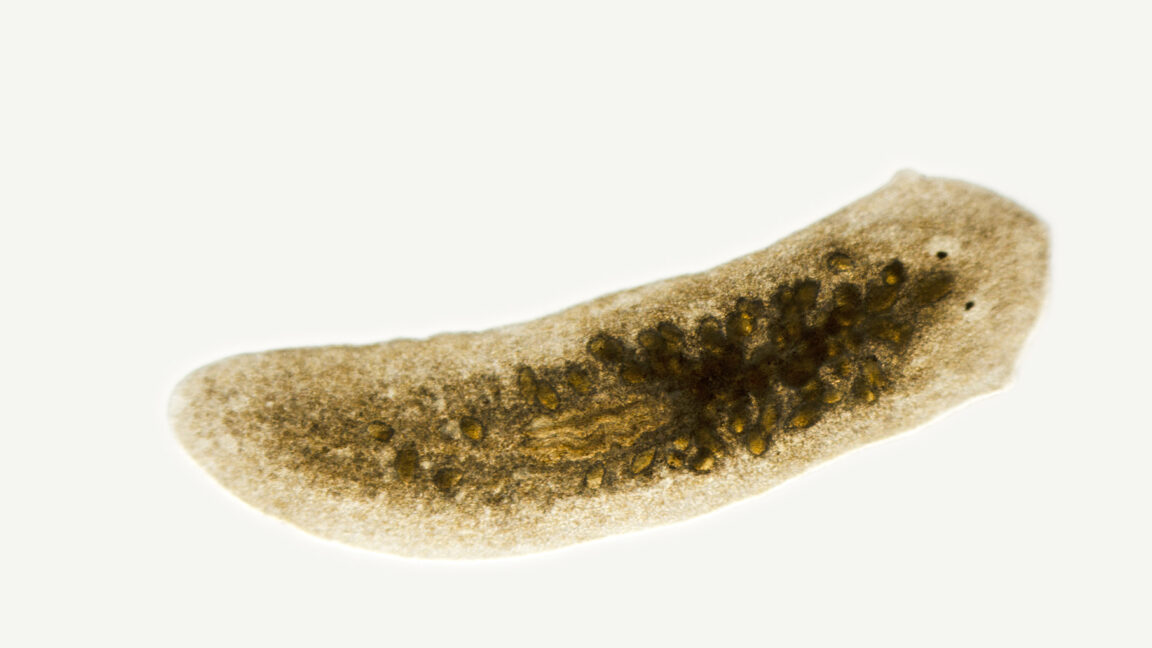
"The study underscores that regeneration of major body parts necessitates the re-establishment of signaling pathways essential for embryonic development, highlighting the complexity of regeneration."
"Researchers discovered that inhibiting wnt signaling in tail fragments enabled head formation, suggesting that wnt activity prevents anterior structure development in early embryonic stages."
The article discusses an experiment highlighting embryonic regeneration processes, particularly how animals can regenerate body parts. Initial wounds lead to cell loss, but eventually, certain body parts can regenerate, indicating that the proper signaling pathways are active for development. Wnt signaling was found to inhibit head regeneration in the tail portions, suggesting that muscle cells are vital for organizing regeneration. A unique experiment showed that removing tails leads to successful head regeneration after a delay, indicating developmental processes in the tail enable regeneration even after injury.
Read at Ars Technica
Unable to calculate read time
Collection
[
|
...
]